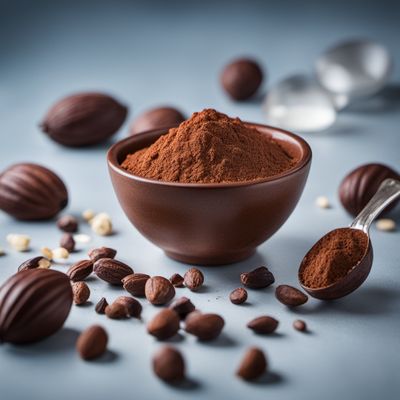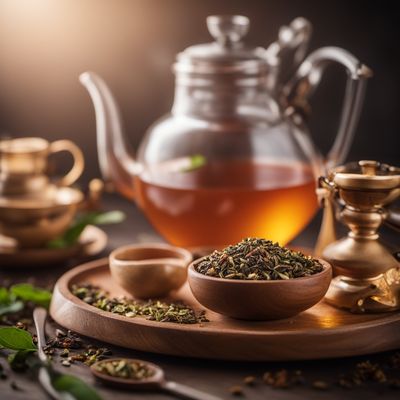
Ingredient
Hot drinks and similar (coffee, cocoa, tea and herbal infusions)
Sip and Savor: Exploring the World of Hot Beverages
Hot drinks like coffee, cocoa, tea, and herbal infusions are diverse in flavor, aroma, and preparation methods. Coffee is bold and robust, cocoa is rich and chocolatey, tea offers a wide range of flavors from floral to earthy, and herbal infusions provide soothing and aromatic blends. These beverages are enjoyed worldwide and can be customized to suit individual preferences.
Origins and history
Hot drinks have a rich history, with coffee originating from Ethiopia and becoming popular in the Arab world during the 15th century. Cocoa has ancient roots in Mesoamerica and was considered a sacred drink by the Mayans and Aztecs. Tea has a long history in China, dating back thousands of years, and has since spread to various cultures. Herbal infusions have been used for their medicinal properties in different cultures throughout history.
Nutritional information
Hot drinks offer a range of health benefits, including antioxidants, potential mood enhancement, and increased alertness. They can be low in calories, but additions like sugar, milk, or cream can increase the calorie content.
Allergens
Coffee, cocoa, and tea may contain caffeine, which can cause allergic reactions or sensitivity in some individuals. Herbal infusions may contain allergens specific to the herbs used.
How to select
When selecting coffee, cocoa, tea, or herbal infusions, opt for high-quality products. Look for whole coffee beans or ground coffee with a fresh aroma, cocoa powder or chocolate with a rich color and aroma, tea leaves or tea bags with intact packaging and a pleasant scent, and herbal infusions made from organic herbs without any signs of spoilage.
Storage recommendations
To maintain freshness, store coffee beans or ground coffee in an airtight container in a cool, dark place. Cocoa powder and chocolate should be stored in a dry, cool place away from direct sunlight. Tea leaves or tea bags should be stored in airtight containers away from moisture and strong odors. Herbal infusions should be stored in airtight containers in a cool, dry place.
How to produce
Hot drinks like coffee, cocoa, tea, and herbal infusions can be produced on a small scale by growing coffee plants, cacao trees, tea bushes, or cultivating herbs in a garden or indoor pots. However, commercial production requires specialized farming techniques and processing methods.
Preparation tips
Coffee can be prepared using various methods like brewing, espresso-making, or using a French press. Cocoa can be used in baking, hot chocolate, or as a flavoring agent. Tea can be brewed using different techniques like steeping, boiling, or using a tea infuser. Herbal infusions can be made by steeping herbs in hot water. Experiment with different ratios, temperatures, and steeping times to find your preferred taste.
Culinary uses
Coffee: Widely used in beverages like espresso, cappuccino, latte, and brewed coffee. Cocoa: Used in hot chocolate, baking, desserts, and confections. Tea: Consumed as a hot or cold beverage, used in cooking, and enjoyed with various accompaniments. Herbal infusions: Enjoyed as a soothing hot drink or used as a base for cocktails and mocktails.
Availability
Coffee is commonly available in coffee-growing regions like South America, Central America, Africa, and Southeast Asia. Cocoa is cultivated in tropical regions like West Africa, South America, and Southeast Asia. Tea is widely available in countries like China, India, Sri Lanka, Kenya, and Japan. Herbal infusions can be made from locally available herbs in different regions.




